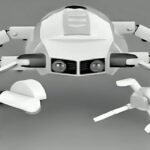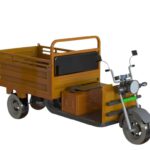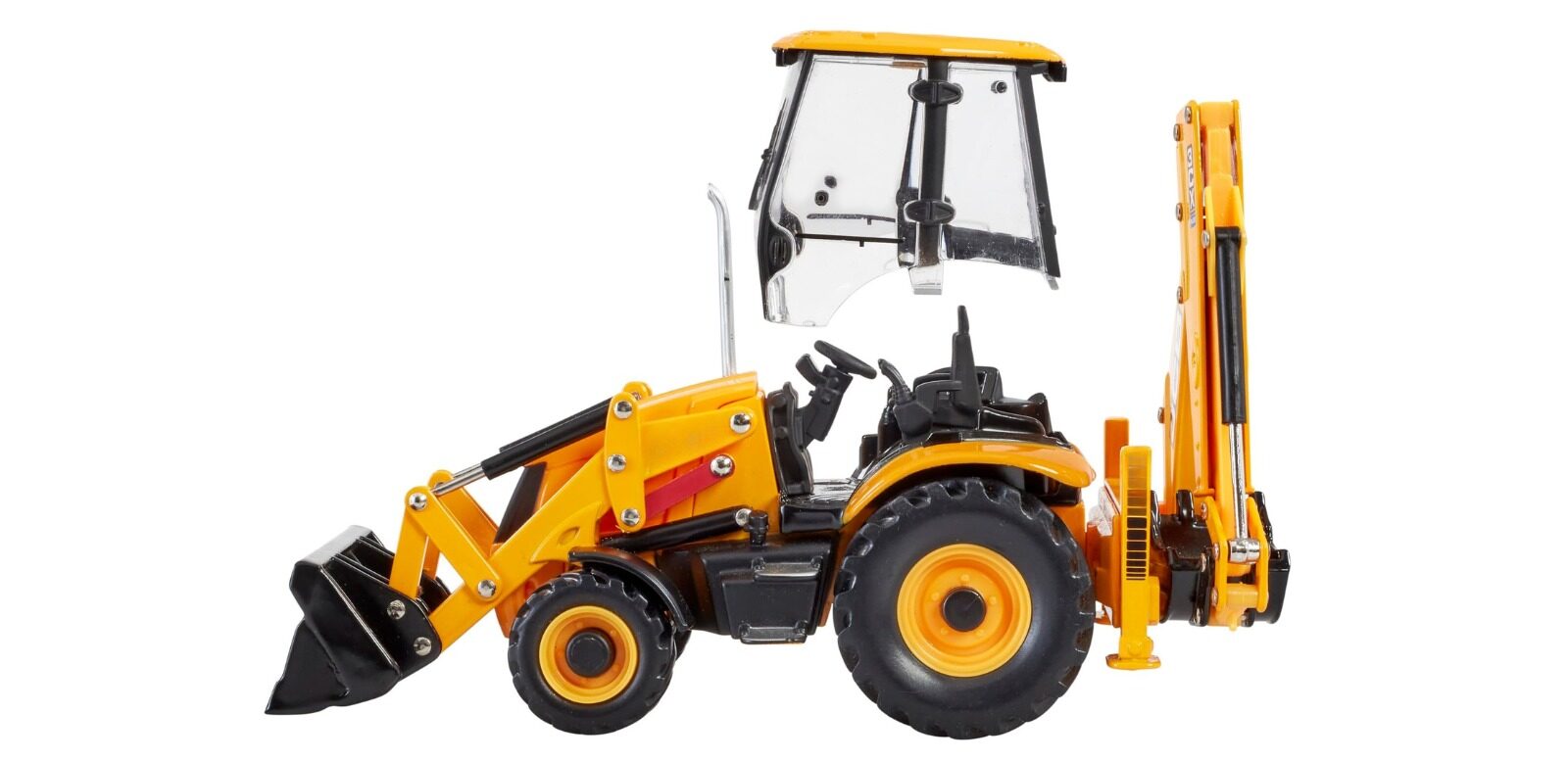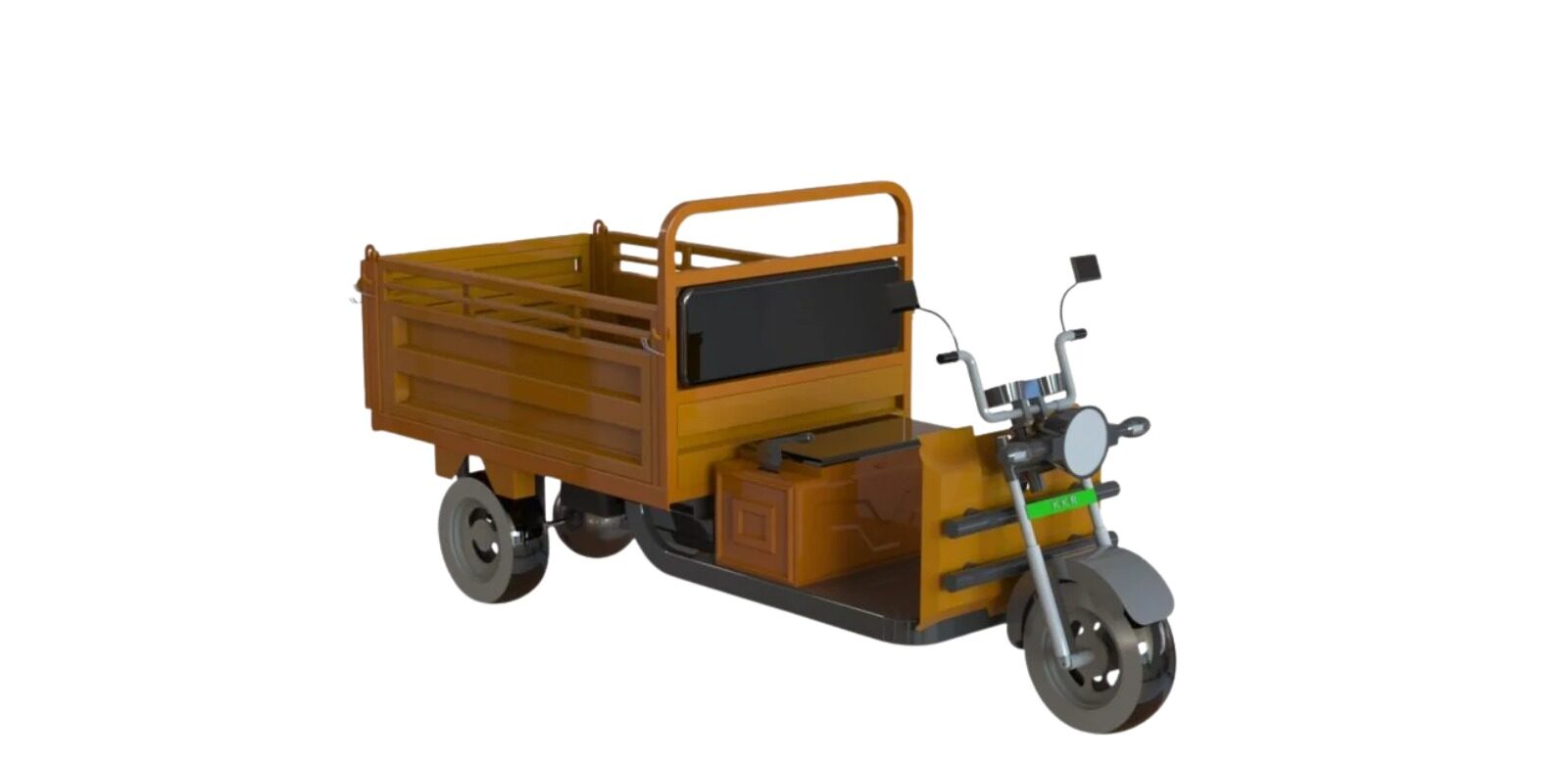Sensor Valve
Reverse Engineering Design Services
Sensor valve reverse engineering involves analyzing existing sensor valves to recreate, improve, or redesign them for better performance. By studying the mechanical, electronic, and material properties, engineers can identify design flaws and optimize them for cost-efficiency, durability, and functionality.
Reverse engineering allows industries to reproduce sensor valves when original designs or documentation are unavailable. This process helps in repairing, upgrading, or replacing old valves without relying on the original manufacturer, ensuring continuous operations and reduced downtime.
Cutting-edge technologies such as 3D scanning, CAD modeling, and simulation software are used to analyze valve geometry, material properties, and fluid dynamics. These techniques ensure precision in reverse engineering and help in creating high-performance sensor valves.
Sensor valve reverse engineering is widely applied in industries like oil & gas, chemical processing, water treatment, automotive, and manufacturing. It ensures reliable performance in controlling fluid flow, pressure regulation, and maintaining safety standards.
Reverse engineering provides numerous benefits such as cost savings, faster prototyping, improved performance, and extended equipment lifespan. It also supports innovation by enabling engineers to upgrade sensor valves with modern materials and technologies.
Selecting the right engineering partner is crucial for successful reverse engineering. Look for expertise in CAD modeling, valve simulation, material testing, and industry standards compliance to ensure the redesigned sensor valve meets performance and safety requirements.





